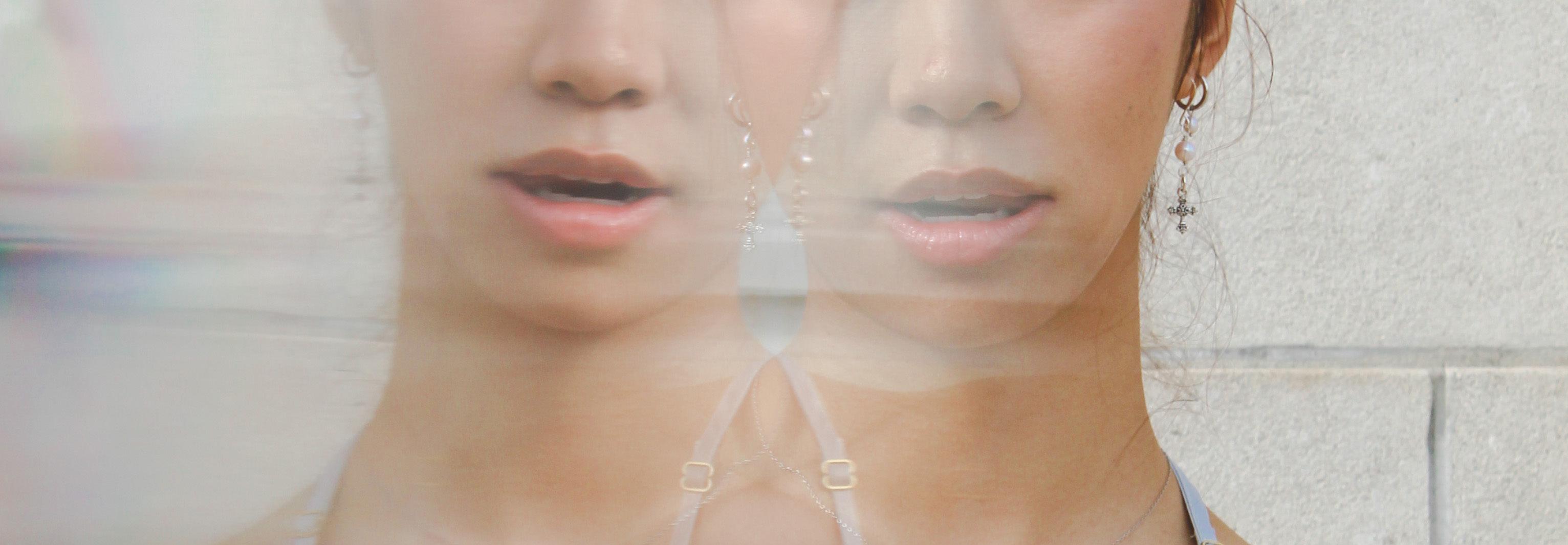
21 minute read
ELUSIVE O R ILLUSIVE?
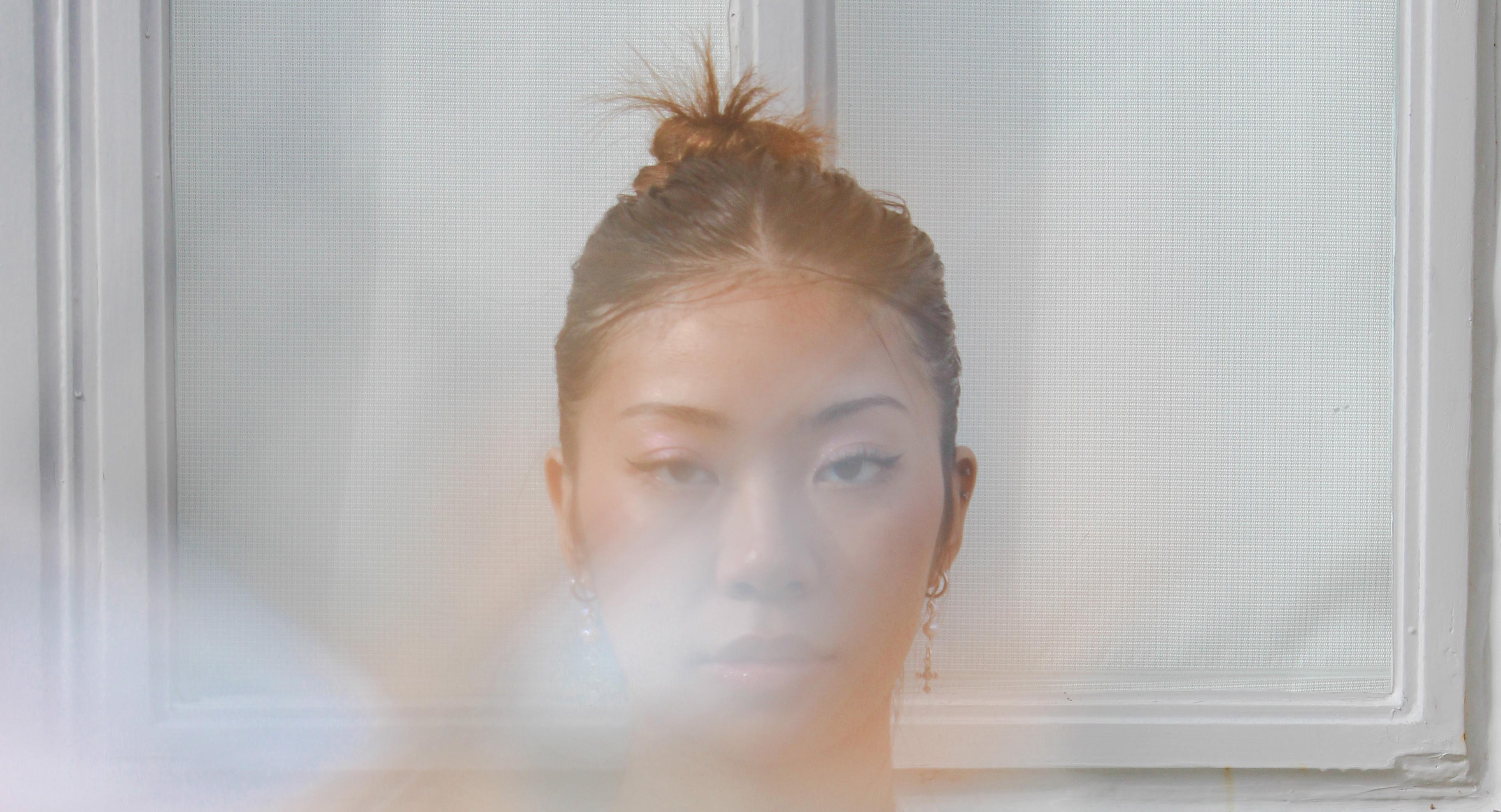
THE PURSUIT OF A DREAM THE A DREAM THE PURSUIT OF A DREAM
THE PURSUIT OF A DREAM THE A DREAM THE PURSUIT OF A DREAM
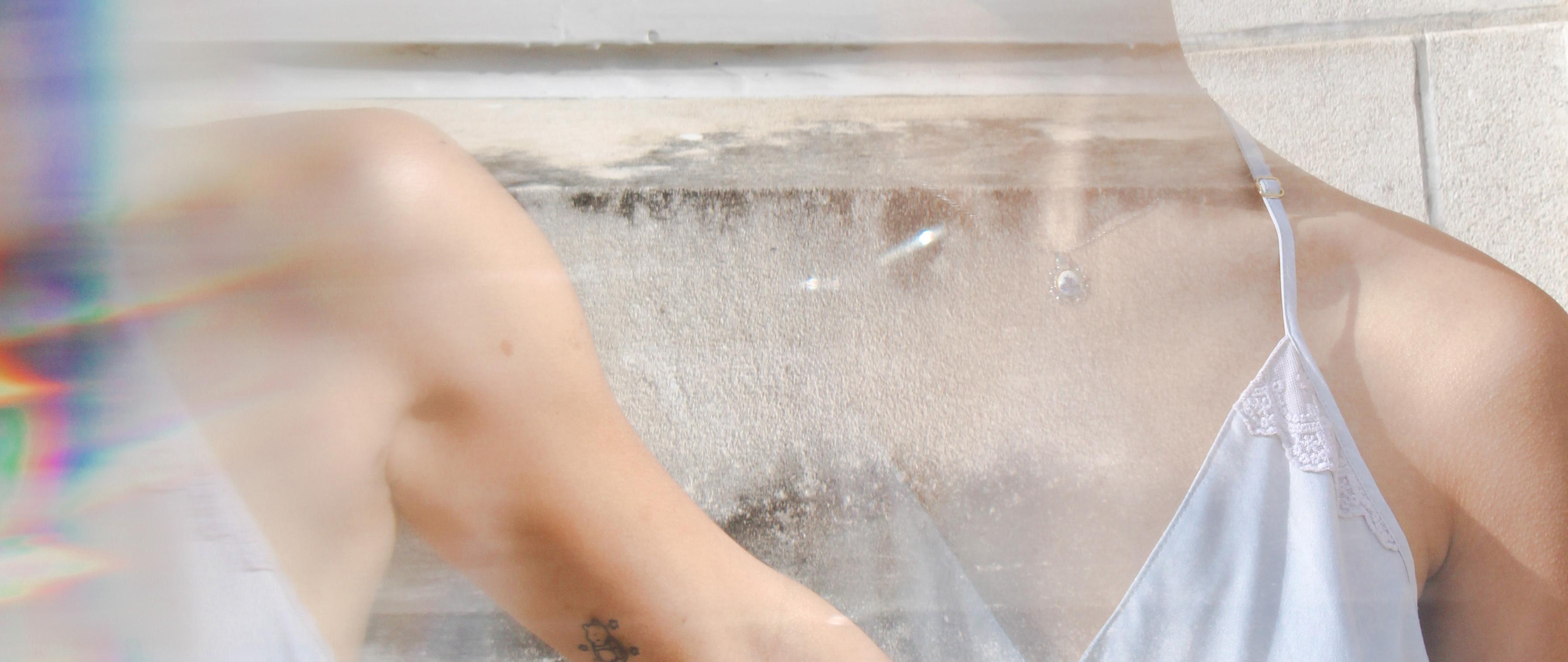
The pressure of achieving the illusive dream job has been instilled in us like our ability to speak – in our youth and in its importance. The timeline of our maturity coexists with our grasp on the reality of this ideal. Unfortunately, the reality is jobs are becoming increasingly more competitive, along with harsh conditions of drastic inflation. Thousands of dollars are spent on earning a degree that’s value decreases as the years go by. Not to mention the arduous and taxing hours that are put into building up a resume that will be scanned and judged within a few seconds. There is no denying that the job market has become a cruel and intimidating place. Besides the concerns of becoming employed, the wages of the job also carry a burden. A decent lifestyle has become a high-ticket item, and while ‘decent’ is a subjective term, the effects of the faltering economy cannot be overlooked. The situation at hand is not ideal, much like our dreams.
Between Dreams And Reality
But of course, a dream is just that. It is an aspiration, a hope, a desire. Can a dream job actually hold up in the real world? The reality is, dreams can only go so far. Burnout is inevitable. Culminated with the current economic crisis, burnout can feel especially amplified for today’s young adults. It is in the burnout phase that the infamous question arises, is this really my dream job? Well, the answer to that question varies from person to person.
For some, that question itself can be gut-wrenching; potentially admitting that maybe the dream has changed, is a hard reality to face. While for others, it is simple; the dream job truly IS the dream. But even if the dream job stays consistent, it would not be a stretch to say there is no perfect job for anyone. Even in an ideal job, there are going to be aspects that may not be as fulfilling, appealing, or desirable. The perception that a job is supposed to be a magical fit is fiction; even if that is the dream. It is the expectation that our future careers are supposed to be perfect that tarnishes the dream and ruins reality.
The perfect job might not exist, and maybe the dream job does not always live up to the imagination. That does not mean that it isn’t the right job. Letting go of the pressures of finding and living up to the job of your aspirations is the first step in finding that balance between dreams and reality.

Survival Of The Fittest
So, what is the reality of the job search today? It is overly competitive and saturated. Not only are more people having to go to college in order to get an entry-level job, but they are also having to settle for jobs that do not support them financially after graduation. Top that with the debt from college, young adults today are drowning in debt. In a world of inflation and high living costs, it can seem like one job does not allow for an individual to be financially stable.
To combat this dilemma, people are turning to hustle culture. Hustle culture promotes getting multiple jobs to make up for the financial burden of living in today’s economic climate. Taking on two or three jobs is the only way people are able to live comfortably, especially in cities. This time spent working multiple (most likely) less satisfying jobs, takes away from the time and effort one could put into the dream career, making the journey that much more grueling.
Resume Remedies
While facing reality may be a difficult battle, seeking a balance between the wildest dreams and healthy expectations is going to dramatically improve one’s outlook on the future; even given some of the harsh realities of life and finding jobs today. There are always ways to make someone a more appealing applicant when starting to pursue the dream job. Of course, good grades are imperative coming out of college; however, there can be a lot of value in a diverse candidate when applying for jobs today. Volunteer hours, jobs, maintaining memberships in organizations, internships, and research are all indicators of a well-managed person- characteristics employers seek in applicants. But more importantly, they showcase who the candidate really is; their passions, their background, and their ability to work cohesively in various groups. All of these traits are marketable and hold immense value in today’s ever-so-diverse workforce.
While the economic situation seems to be nosediving, and the workforce seems more and more unattainable, it is all about perspective. Yes, the workforce and the demands of the workforce are changing, but that change is also promoting diversity in the workplace. Yes, college degrees are seemingly losing their value, but that means we as a society and generation are seeking higher education more frequently. Yes, the dream may feel out of reach, but that just means bigger celebrations for the little wins. It can be easy to get overwhelmed about your degree, your future, and your dreams; but that does not mean that you are ever out of the race. So, bet on yourself. Bet on your future. Bet on your dreams.
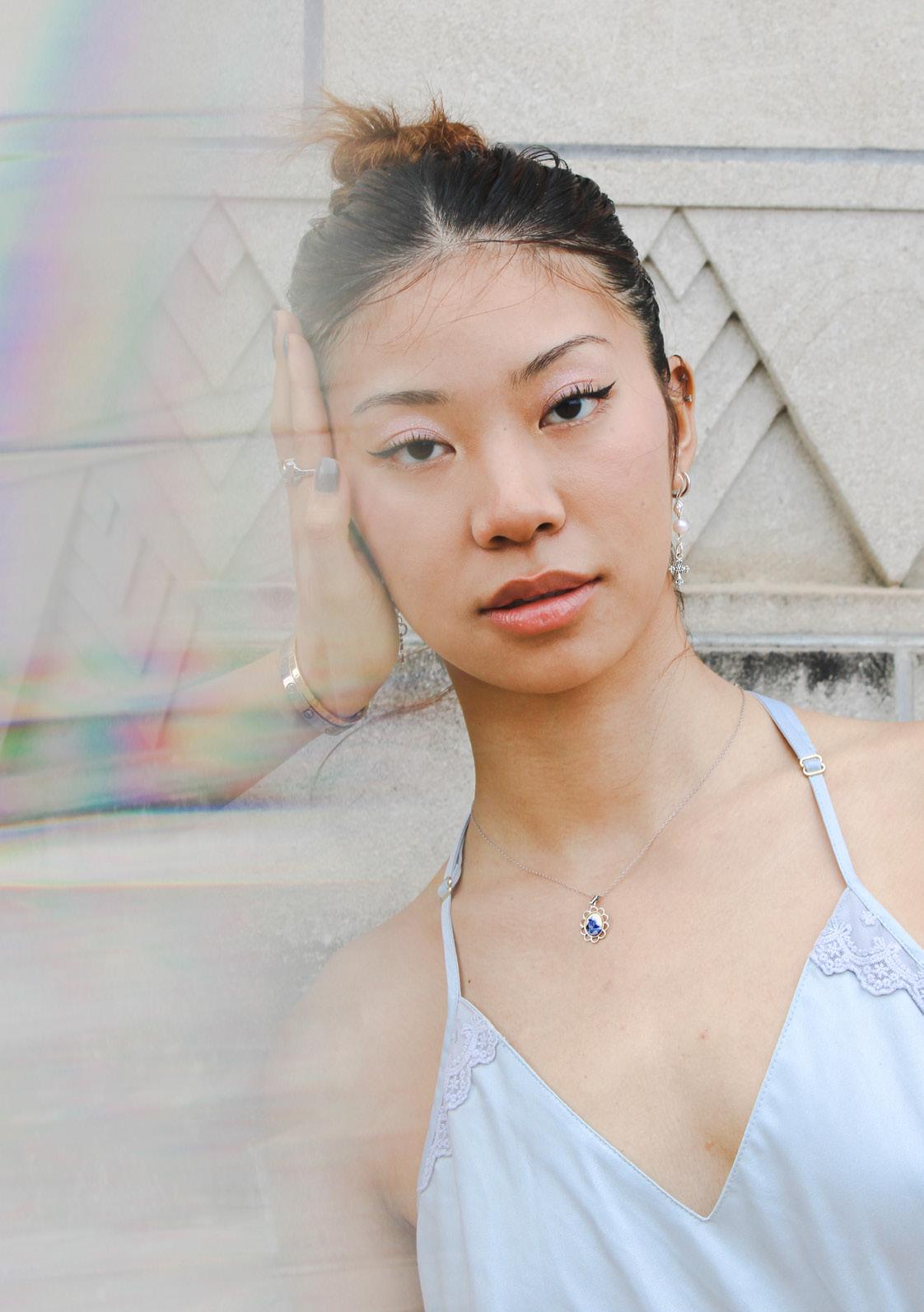
Writers: Chole Pham & Leah Lara
Photogrpaher: Lacey Loomis
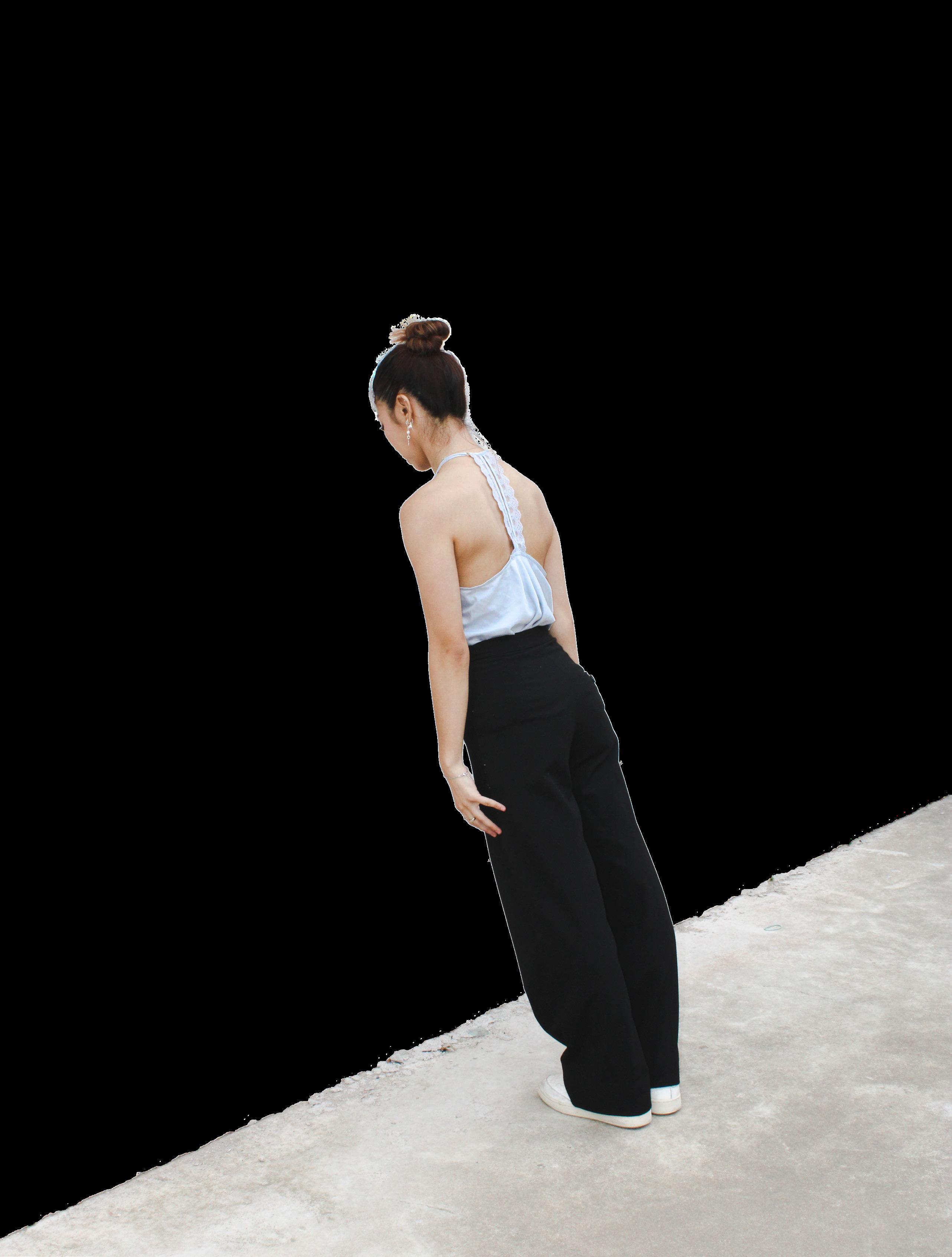

Design: Alli Powell
Model: Kadence Cheang

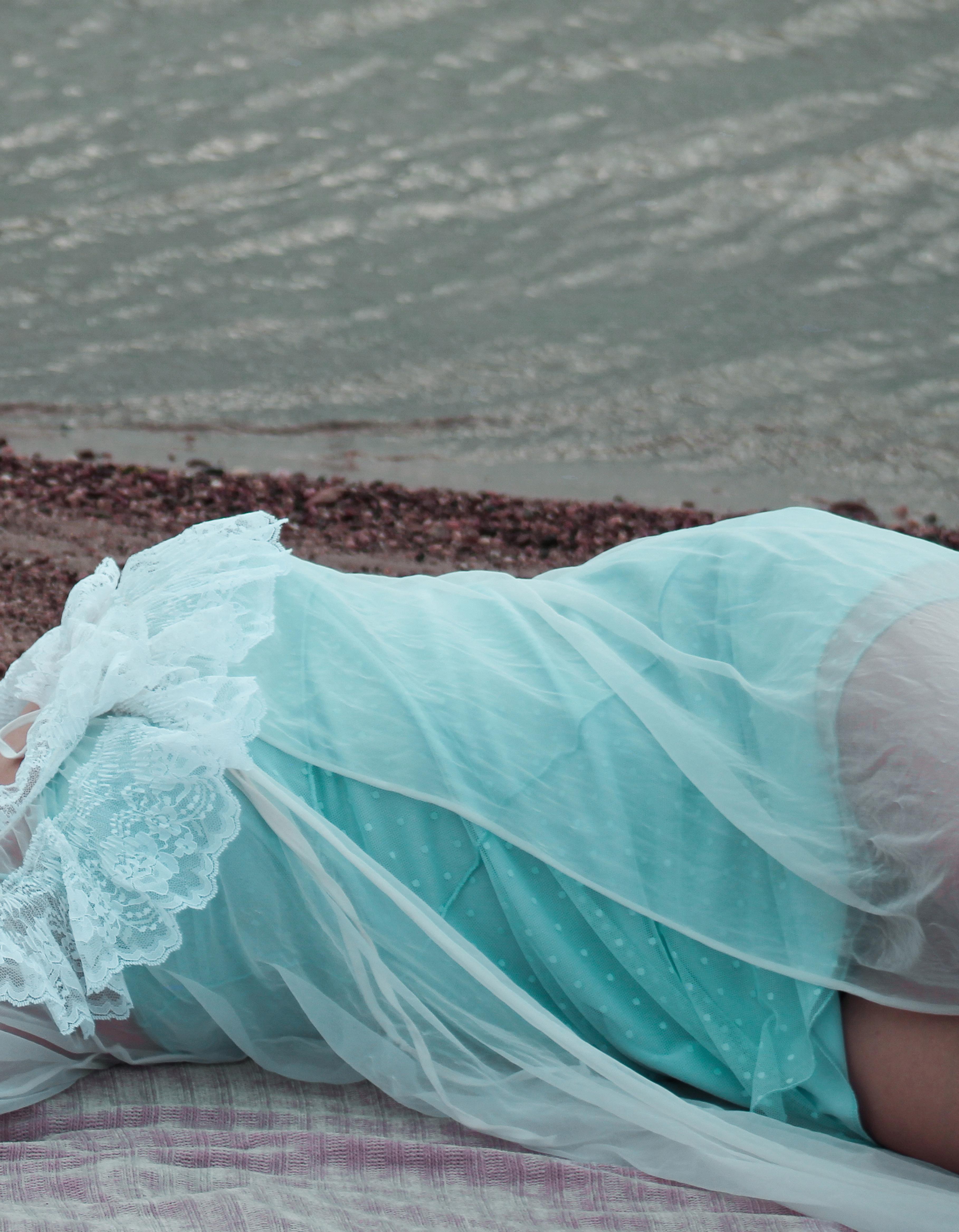
A Trip To
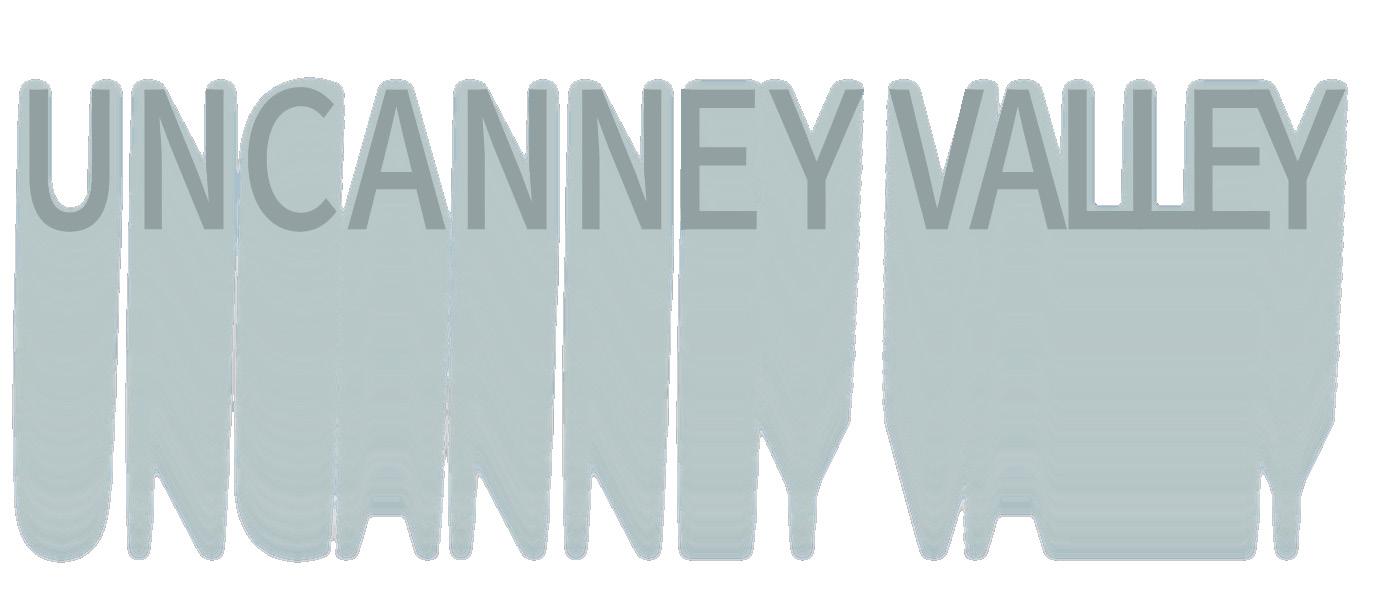
THEY’RE JUST LIKE US, OR ARE THEY?
Picture it. You’re mindlessly scrolling on your phone, effectively wasting your day away on TikTok, when a sponsored clip of a woman advertising a product pops up on your For You page. Immediately, you are washed with a feeling of unease and a potent sense of discomfort takes over your body, but why? The longer you look at her face the more sinister she seems; however, you just can’t decipher the cause. Then it dawns on you, the reason for the disturbance is that she’s not real. This is the uncanny valley phenomenon – an unsettled, anxious reaction people have to seeing a humanoid figure that is not human – and we are starting to see it more and more frequently.
Japanese roboticist Masahiro Mori first introduced the uncanny valley hypothesis in an article entitled “Bukimi No Tani” published in the journal “Enerugi.” Mori proposed a relationship between human likeness and affinity wherein the more humanoid something becomes, the greater peoples’ affinity towards it will be. However, this pleasant mental connection will promptly transition to feelings of unease when the object reaches a threshold that humans deem too human. He further argued that this rattled feeling will be alleviated once a higher level of human likeness is reached. While many have tried to explain the psychological reasoning behind the uncanny valley, a common consensus has yet to be met. One of the leading hypotheses is dependent on the pathogen avoidance hypothesis. “The Oxford Scientist,” the University of Oxford’s independent science magazine, published an article detailing this hypothesis and its relation to the uncanny valley. In it, they stated that the pathogen avoidance hypothesis states that the uncanny feeling has “evolved as protection against a potential carrier of pathogens.” They further iterated that “it describes changes in behaviour or appearance of an individual compared to the healthy norm as signs of unspecified infection.” The uncanny valley effect lives in the gray zone between fear and affinity. For example, American Girl Dolls were the it girl phenomenon of the early 2000s elementary school experience. The proportions and faces of these dolls were just human enough to be endearing but didn’t surpass the threshold into unpalatable. However, many would consider the Old Navy mannequins (in all of their terrifying glory) to be pure nightmare fuel. Their stature and dead-eyed expression, coupled with the harsh overhead fluorescents of a department store makes being greeted at the doors by these mannequins a chilling experience. They are simply too human which has led to their condemnation on social media sites such as Twitter.
Writer: Chloe Foster
Photographer: Kylie Dunlap
Design: Morgan Tran
Model: Josh Carley
While the uncanny valley phenomenon is becoming more prevalent in discussion, there are still many unaware individuals. Naivety has bred some interesting reactions to recent media. “Cats,” which debuted in 2019, was a highly anticipated movie adaptation of a beloved Broadway musical. Shockingly, once the movie hit theaters it was not met with the expected excitement and adoration. The film was quickly torn to shreds by viewers and holds a score of 19% on Rotten Tomatoes. Film critic, Robbie Collin, on the movie’s Rotten Tomatoes webpage, referred to the movie as a “digital veneer of horror and farce and glazed looks”. While this classic musical should have been welcomed into the world of digital media with open arms, it was instead rejected and regarded as an unexpected horror film. The rendering of the characters in the movie is to blame for this upset. In the original stage production of “Cats,” the actors were made to resemble felines using special effects, makeup, and costuming. Alternatively, the film aimed to achieve the same effect by utilizing Computer Generated Imagery and 3D rendering. It seems that somewhere along the way, the producers took a reprehensible turn. The final product revealed characters that were a rebarbative combination of cat and human: human bodies, human faces, feline fur, tails, and ears. Not human, but just close enough to be terrifying.
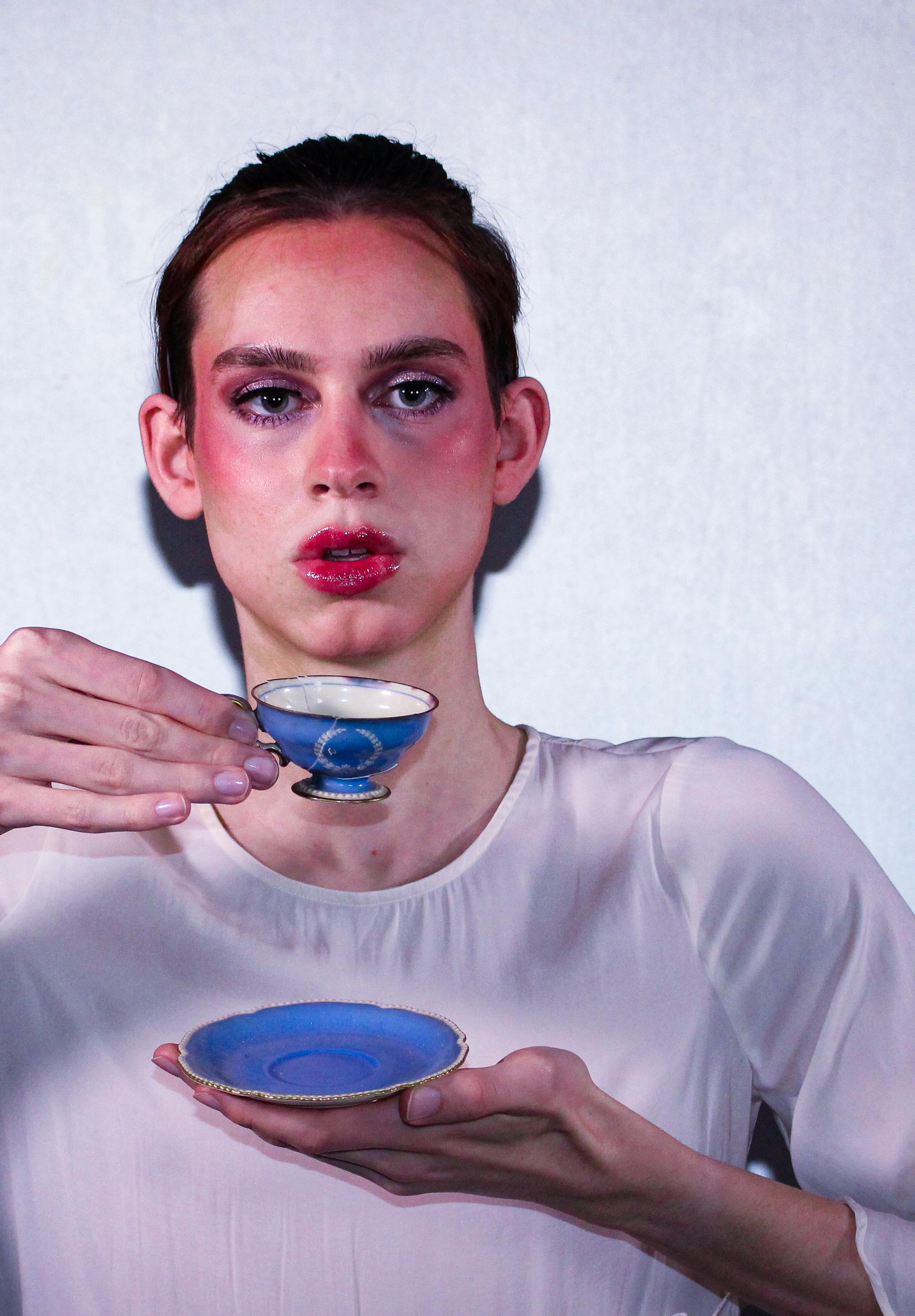
Recently, websites such as “unrealperson” and “thispersondoesnotexist” – which utilize AI technology to generate images of nonexistent people – have been introduced. The AI programs work by examining an expanse of human pictures which then allows them to create modern-day chimeras, composed of various individuals’ features and expressions. The photographs created by these websites have successfully reached the third stage of ‘human likeness’ that Masahiro Mori introduced over five decades ago. However, these technological advancements have established an entirely new dilemma.
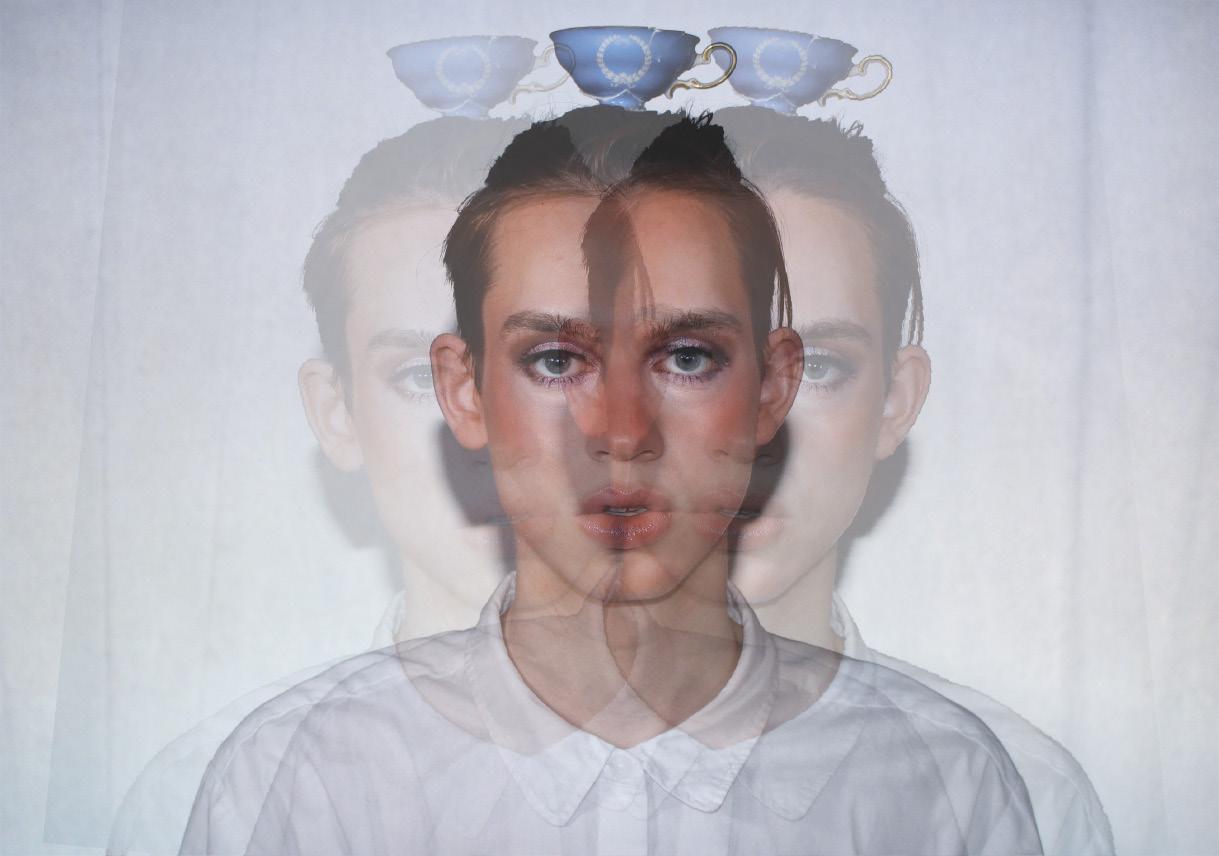
While the AI generations from these websites do not cause the uncanny valley phenomenon to occur, it is not because they have breached a level of humanity that we find agreeable. Contrarily, these images are completely indistinguishable from those of real people. Currently, we are watching as AI and robotics progress at an exponential rate. Deep learning was only brought into mainstream AI research in the early 2010s by Andrew Ng and Geoffrey Hinton. In less than fifteen years, this technology has gone from being poorly under-researched to the point of advancement where it can produce shockingly human faces from just photos of real ones. If science and technology are to keep improving at this expeditious speed, it is imperative that we ask the question: will we soon lose the ability to distinguish humans from machinery at all?
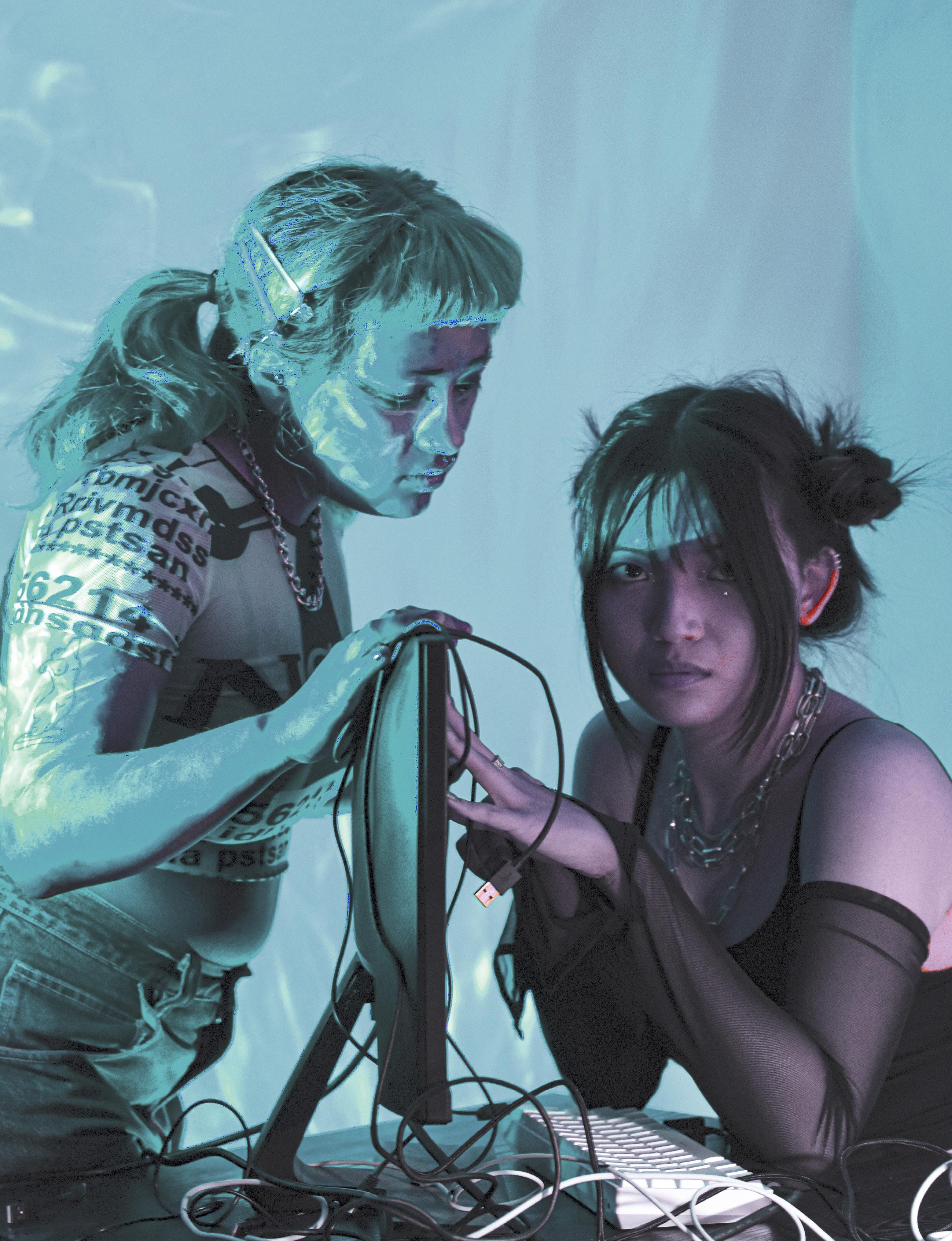
There has been a supranormal presence of an irrational fear of technology taking over the world since the introduction of smartphones. This concern continually grows with the production of movies such as “Inception”, “The Matrix”, and of course, the Marvel universe – highlighting hits such as “Iron Man” and “Ant-Man”. Even a sweet tale of two robots falling in love in space (“Wall-E”) can bring intrusive thoughts of technology’s power to replace humanity. With the rise of new technological development, this elusive suspicion is transitioning into a progressively more rational one. Technology has become alarmingly integral to our ability to function in everyday life – from scanning a QR code to access a menu to self-driving cars. Jobs are becoming digitized and the need for human employees decreases as demand for goods increases. Our dependence on technology is fueling its development, and who is to say if there is a limit to its bounds?

Artificial intelligence (AI) was first introduced to this world in the 1950s. The concept of AI was constructed by a British polymath, Alan Turning, who analyzed the mathematical side of computer programming. He suggested that machines could be programmed to think in the same manner as humans by using available information and reason to solve a problem. The road from Turning’s idea to its evolution into ChatGPT was a long and arduous process. Computers at that time were extremely expensive and did not have the capacity to store commands. Eventually, the development of AI was launched in the early 1960s by the Logic Theorist, a program funded by the United States government. While there were some halts in development and funding cuts, AI began to really thrive in the early 2000s with the rise of machine learning and neural networks: the ability to store commands and learn from them. This breakthrough led to the advancement of technology utilization into speech recognition, language processing, and computer visualization. From there, development of computers that fit into pockets and virtual reality surged in the 2010s.
The artificial intelligence chatbot, ChatGPT, was developed by Open AI and launched on Nov. 30, 2022. The company was founded by Elon Musk and Sam Altman with investments from Microsoft. This resource has been widely accessible and free to use, as the program is still in its developmental phase. ChatGPT utilizes transformer architecture to sift through the internet as a whole and generate a single text composed of all its finds. What can be jaunting is the human-like nature of the responses generated, almost as if the program is talking back to the user. ChatGPT is a language model so it has the capacity to understand natural human languages, as well as generate them. The chatbot is adaptable to many uses, from generating a creative story to complex research papers, as well as the simple task of explaining a subject. All the user needs to do is enter a prompt, as specific or broad as preferred, and ChatGPT will produce a response that encompasses characteristics of human-like writing, to make it as natural as possible. However, there are limitations to its expanse of knowledge- the response performance was shown to have only a 60% accuracy rate. But even with its limitations, there seems to be no limit to its range of users. Students are taking advantage of the humanlike text generated to cheat on assignments and teachers are capitalizing on its ability to condense information into a simple body of text. Some users even commented that while using the program, it gave them the illusion that someone was inside their computer typing these responses, which may come from its ability to engage in and hold natural conversation. The premise of technology being able to mimic human behavior can be unnerving, and some may ask, “will technology be able to outsmart us?”. Sam Altman, C.E.O. of OpenAI stated that he believes the AI movement will “eclipse the agricultural revolution, the industrial revolution, the Internet revolution all put together.” There is no denying that harnessing the power of AI is just the beginning of a revolutionary technological society.
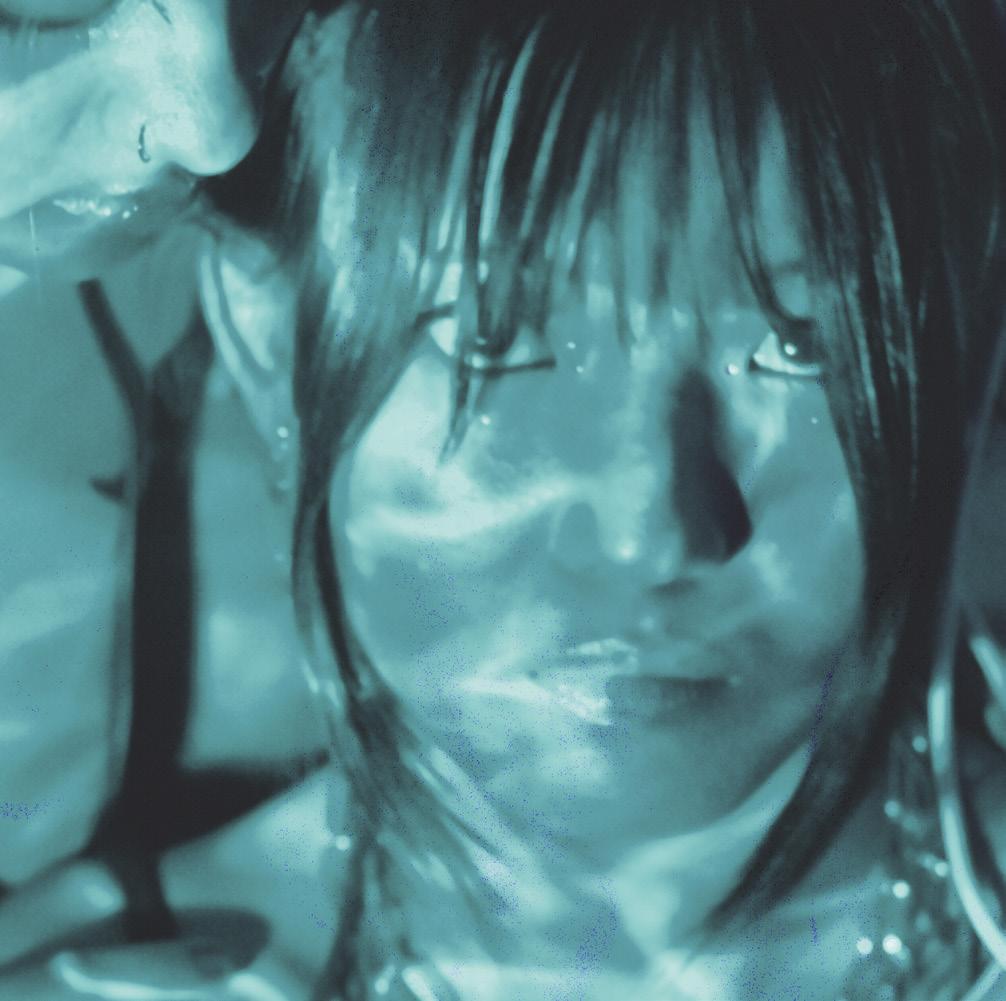
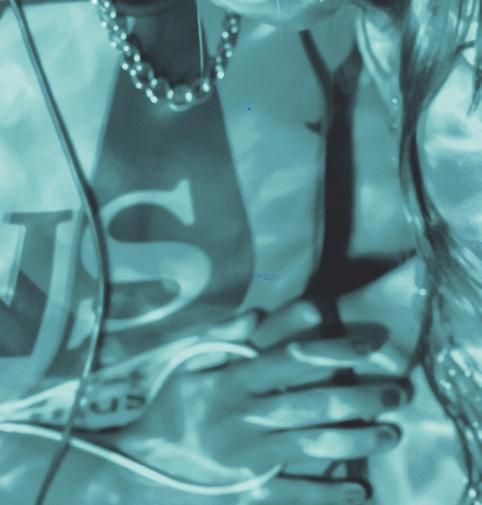
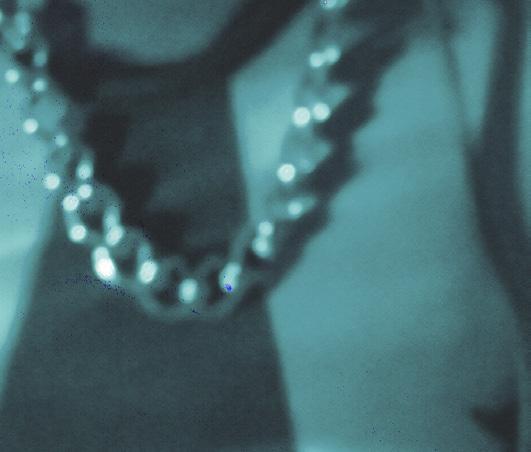
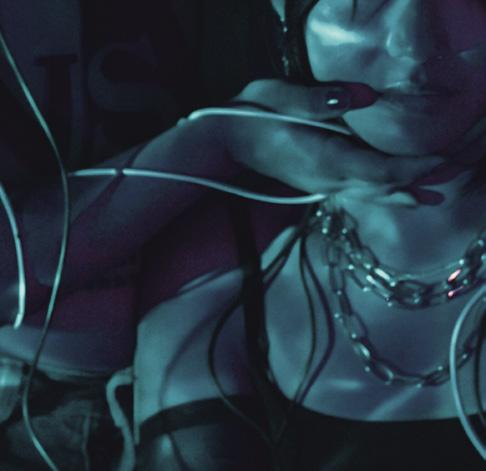

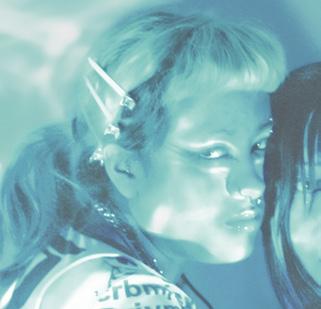
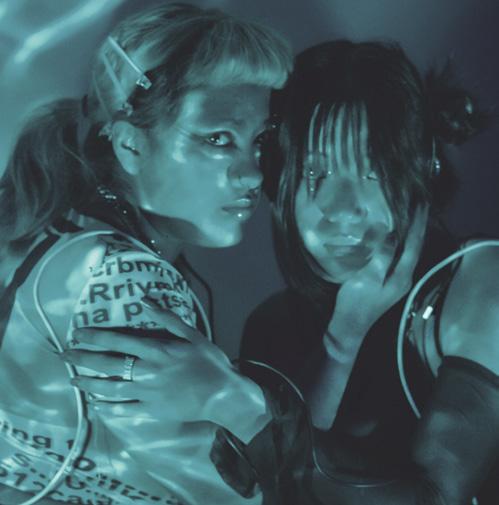
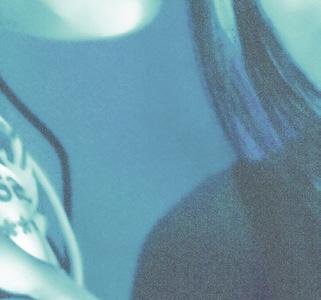
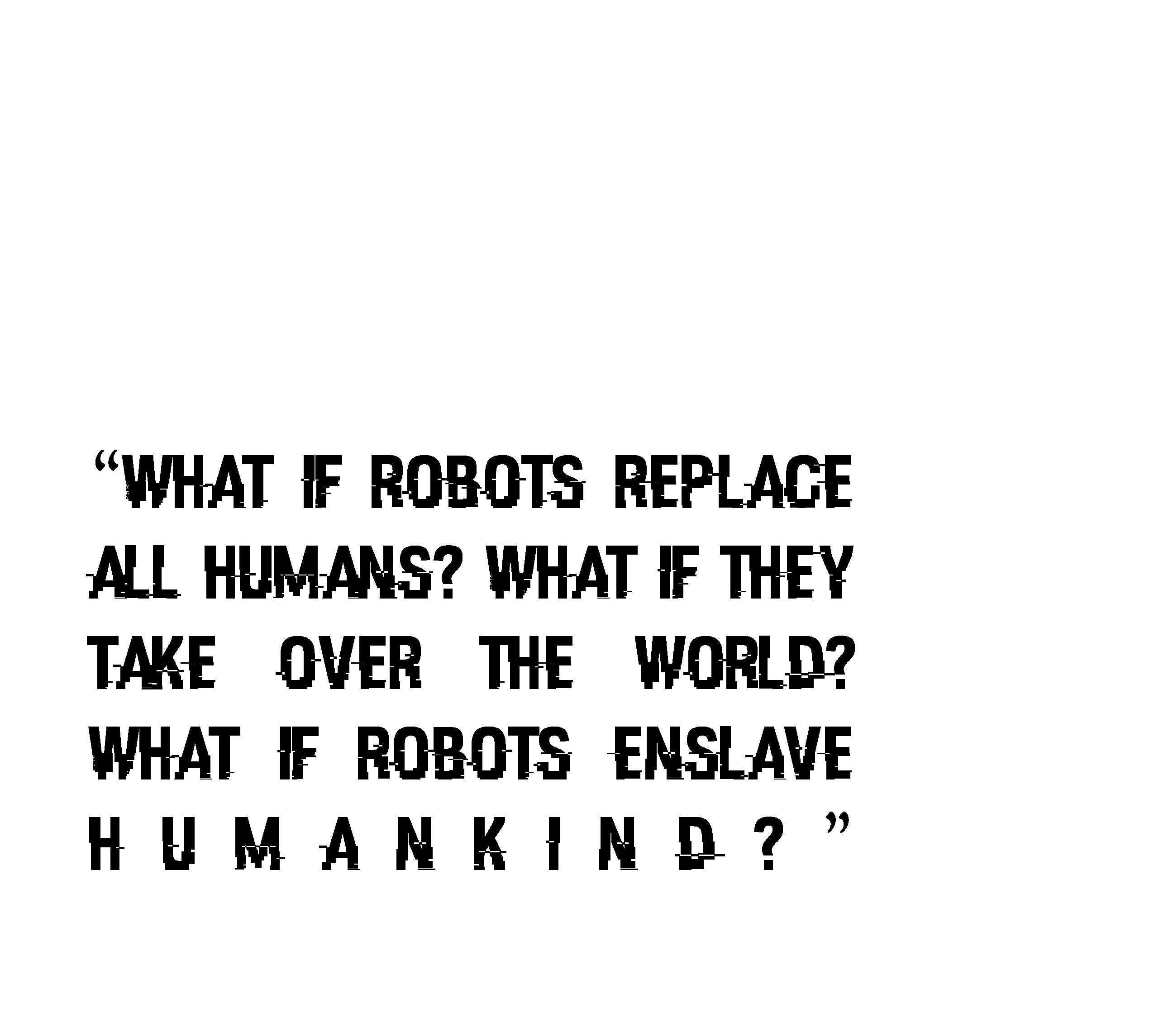
What does the development of this technology mean for our society? The implications of AI have been postulated since the dawn of technology. What if robots replace all humans? What if they take over the world? What if robots enslave humankind? The spout of what if questions come from an innate fear of the unknown. A New York Times article comments on how the launch of ChatGPT has set off an AI arms race. The traction surrounding the program launch, praises and critiques, has pushed other tech developers, such as Google, to catch up. Technology is advancing and at an alarming rate. Moore’s Law suggests that the number of transistors on a circuit will double every two years, allowing speed and capability of computers to increase at no additional cost. However, there are still limitations, the ChatGPT website even issues a warning that the program may occasionally produce harmful instructions or biased content, possibly urged by controversial complaints from its users. Even Altman, the founder, has publicly critiqued the program, proclaiming that it is still severely limited. His critiques emanate from fear that the trepidation surrounding it will result in backlash or exorbitant expectations for the next development. Altman is now working up deals with Buzzfeed and has been in communication with Apple, and Google.
Writer: Chloe Pham
Photography: Krystal Pham
Design: Noa Shrikhande
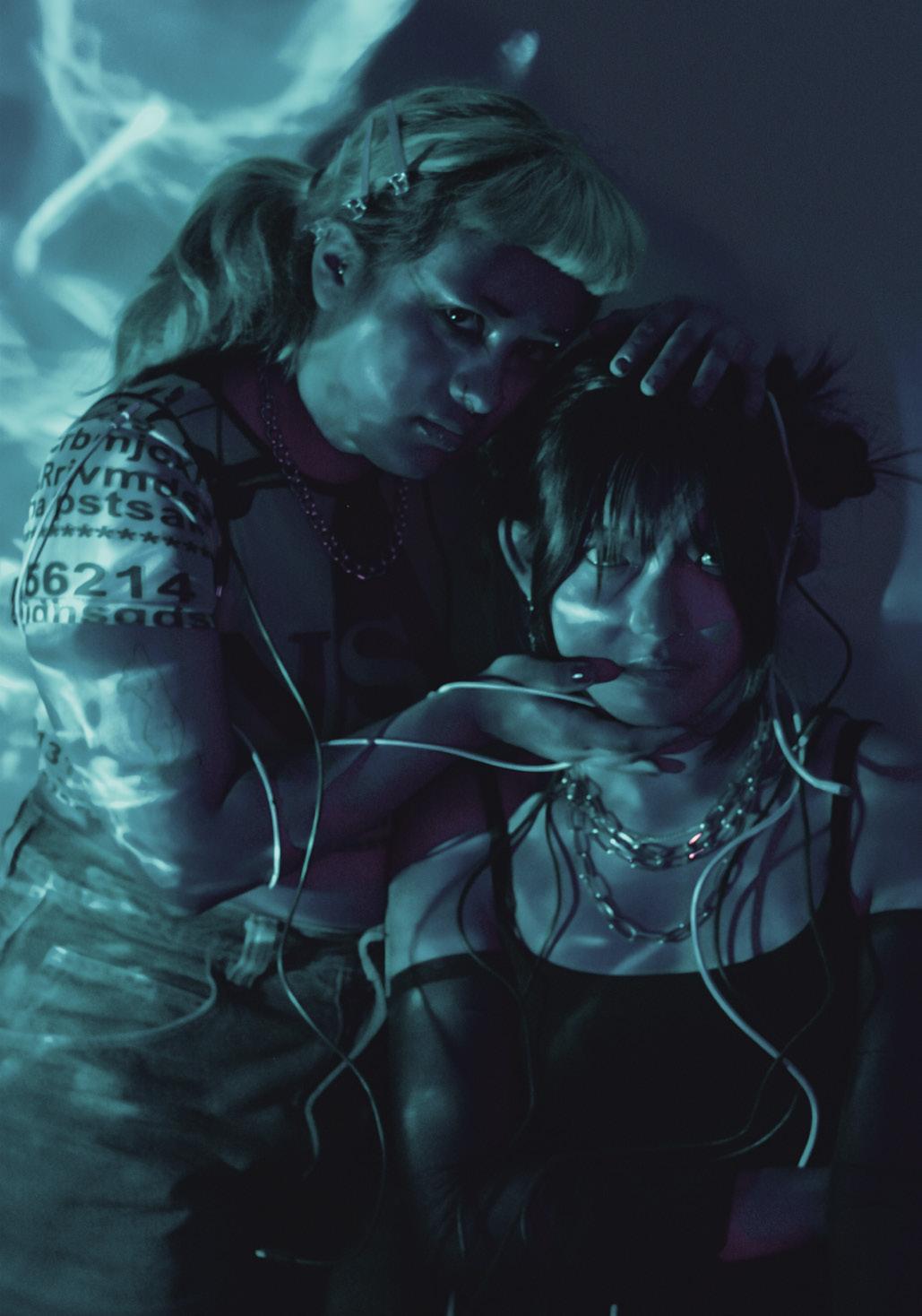
Models: Kerina Farias & Rachel Ng
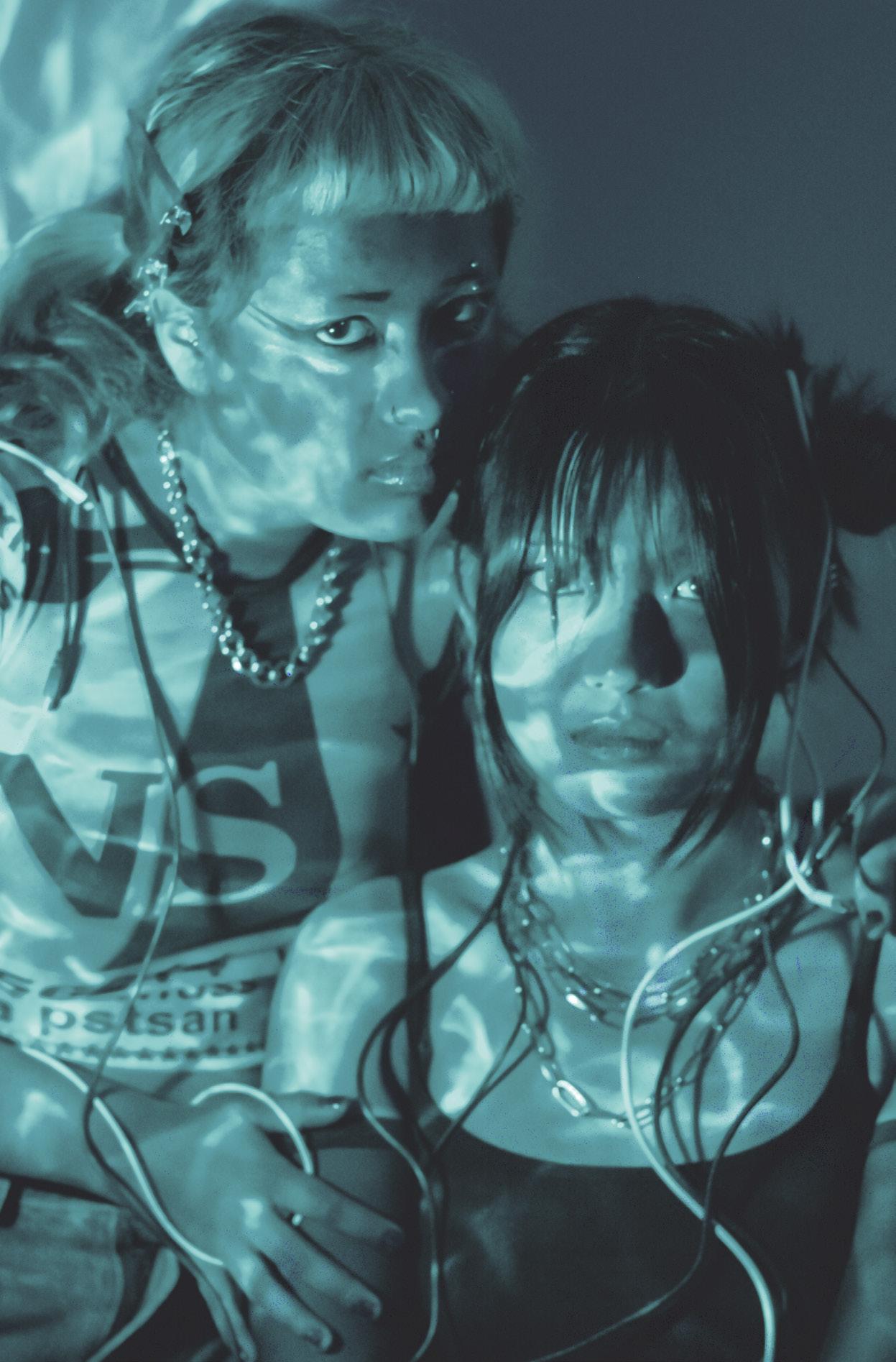
AI is beginning to beat humankind at their own game. Computing systems have proven to be better than humans at strategy-based games such as Chess and Go. Experts have started to delve into the ethics of AI, examining who benefits. Is there an ulterior motive behind the madness? Harvard professor of internet, Jonathan Zittrain, states that he is “concerned about the reduction of human autonomy as our systems — aided by technology — become more complex and tightly coupled.” While programs can be set to function on their own based on a certain algorithm, where is the room for exceptions and to what extent can human-nature be programmed? Zittrain goes further in saying, “if we ‘set it and forget it’, we may rue how a system evolves – and that there is no clear place for an ethical dimension to be considered.” Further is the concern for having a standard set of operations and safeguards for an entity such as this. The criminal justice and healthcare systems have begun implementing AI into their computing algorithms, specifically decision-making. This integration of technology into humanistic areas postulates concerns regarding not only ethics in judgment but in the automation of jobs and career fields.
Despite concerns, the development of artificial intelligence marks the advancement of human intelligence. Technology has become indispensable in daily life and will continually become more integral. Humans simply cannot live without it. The development of ChatGPT has spurred the race for all tech companies to produce their own versions of AI. The question of how much will be enough? remains as imminent as ever. If human nature can be programmed, who is to say where the innovation of AI will end and where it surpasses us? The tumultuous advancement of AI could ultimately make or break us.
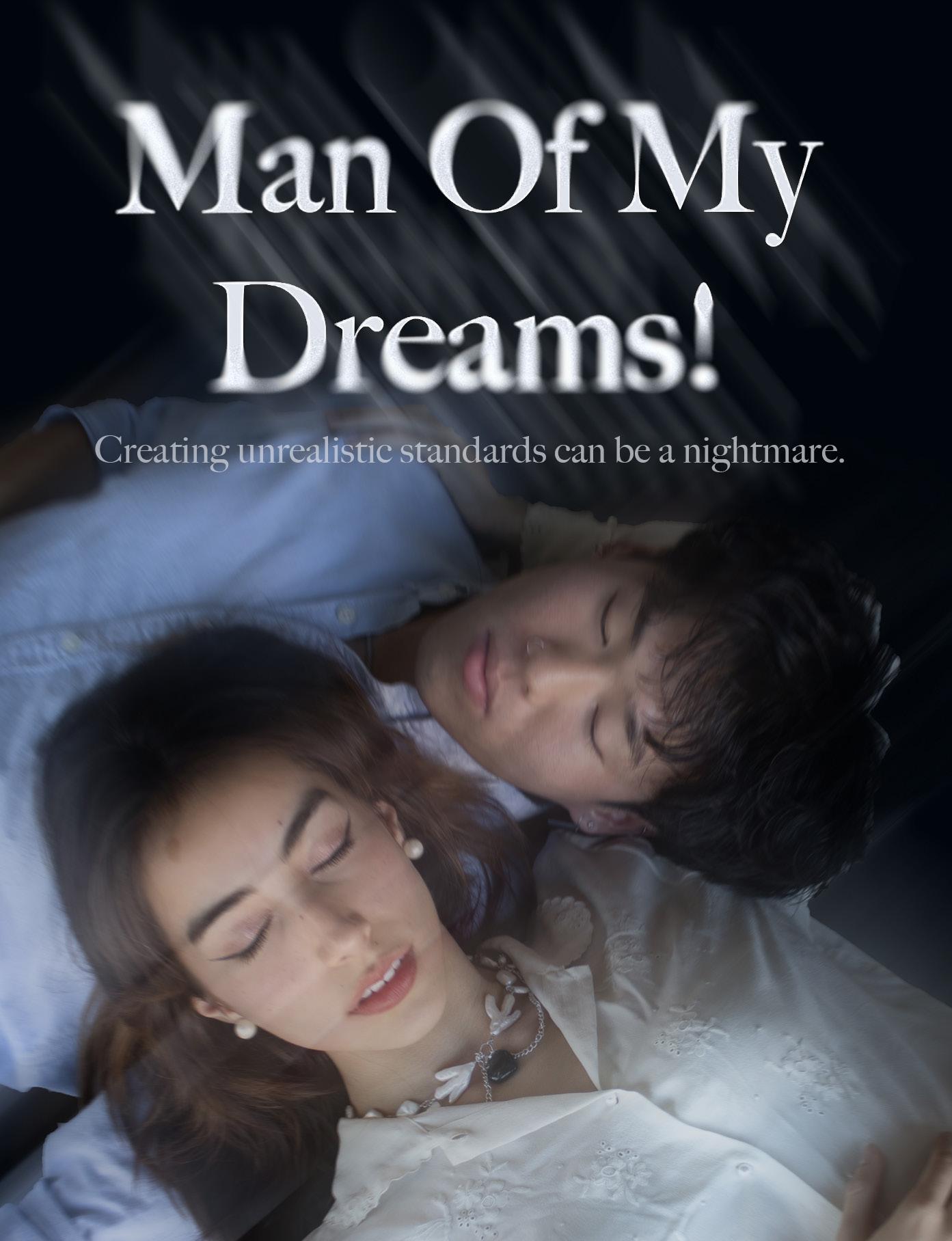
Writer: Gretchen Evans
Photography: Peri Shaink
Design: Lynn Nie
Models: Jin Sin & Delia Pastore
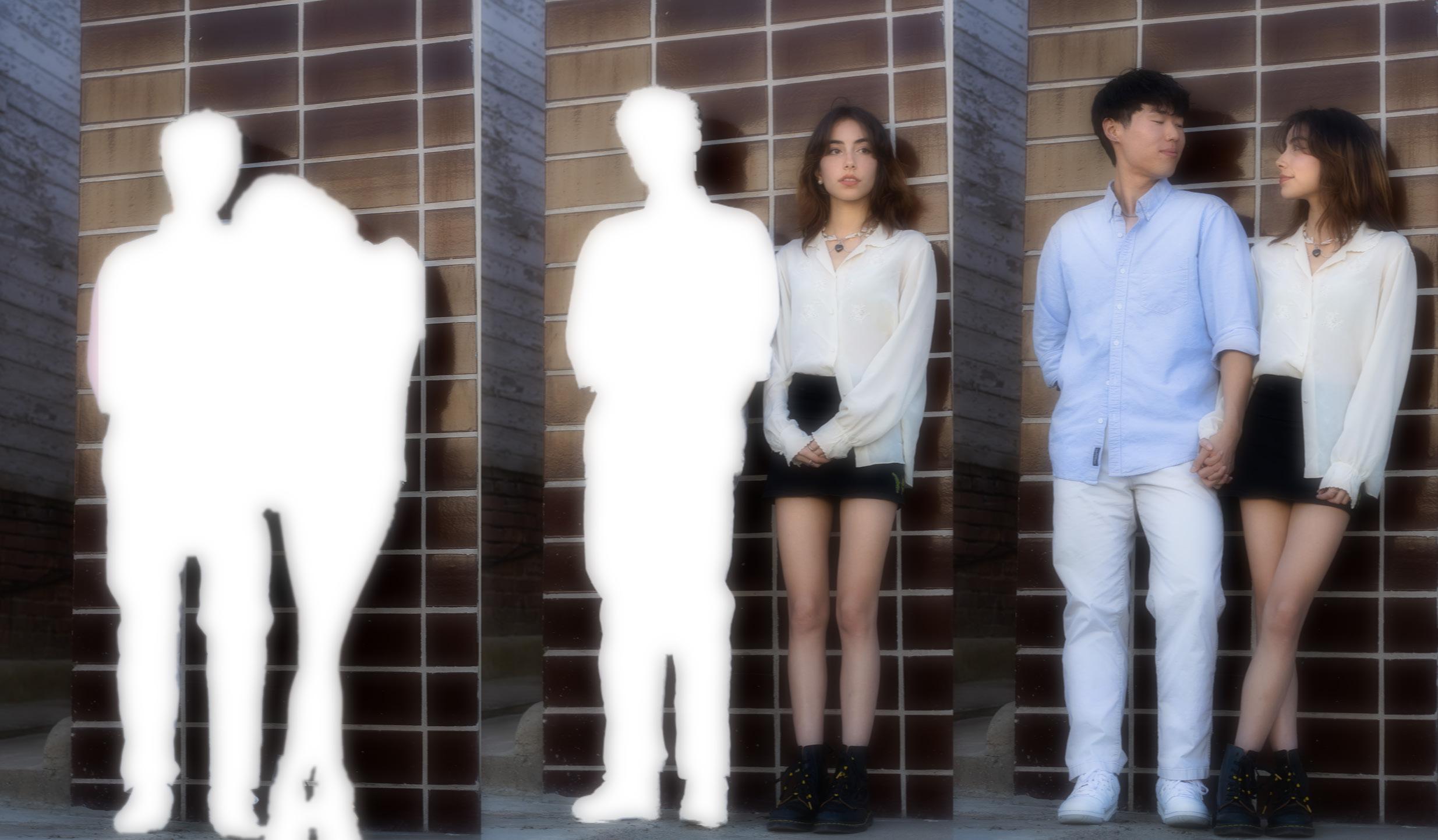
Waiting for your McDreamy?
Wow, he is the man of my dreams! Maybe you’ve heard this once or twice. However, the idea of a dream guy or a dream girl is exactly that, a dream. Through social media and love interests from romantic comedies and novels, it is easy to see how we as a society have gotten to this point. We expect so much from others when entering the dating pool, yet unrealistic standards for a relationship and a potential suitor just may be the reason one is still in the dating world in the first place.
Let’s face it, dating can be tricky and hard to navigate. Valentine’s Day rolls around every year and that singleness hits hard. Even more so, at least here in the South, it feels like everyone is getting married young. This feeling actually isn’t wrong. As a matter of fact, the average age couples tied the knot in 2022 dropped to 31! Is everyone else settling just to get a rock on their finger – what is the deal?! Well it may be that your standards are too high…
A Time of Reflection
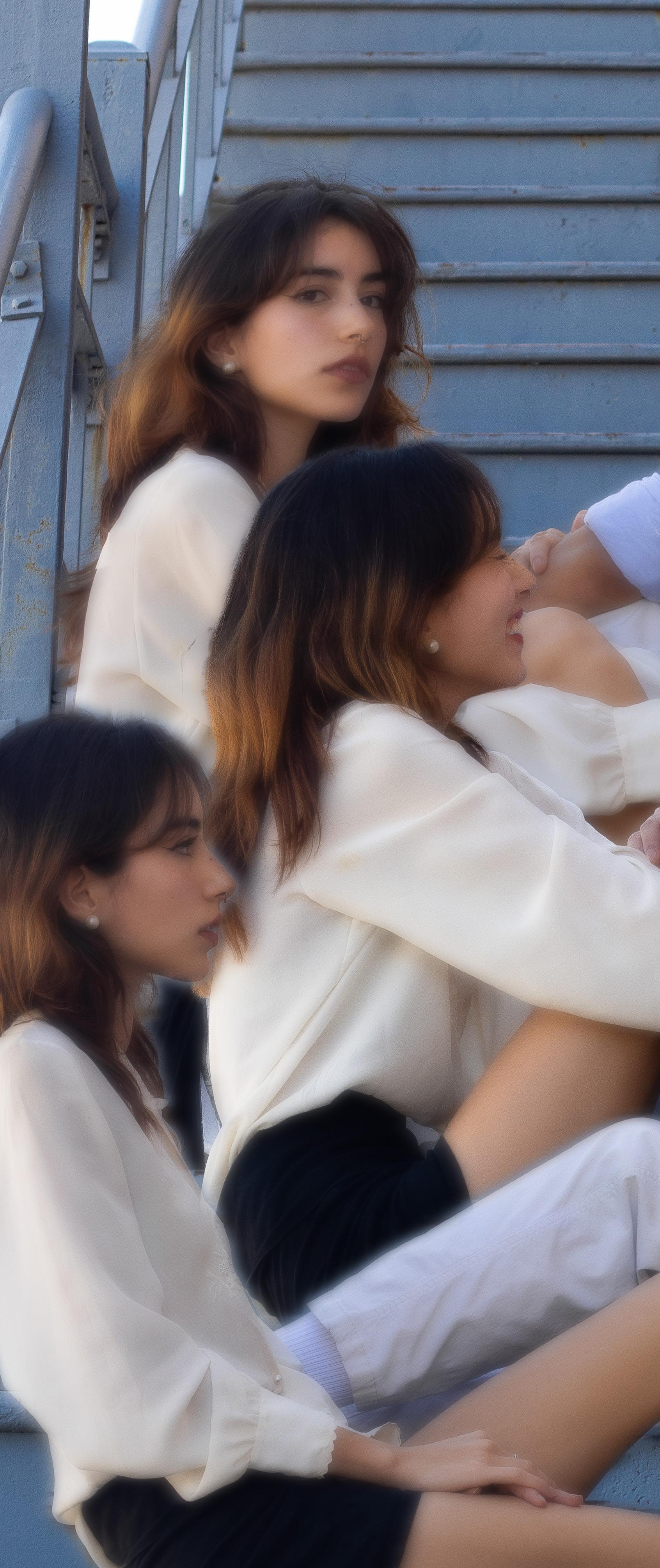
Do you find yourself expecting the one you’re dating to always look drop dead gorgeous, pay for every meal, and never produce any negativity or bad behavior? Well, it is time to look in the mirror! Do you have a positive outlook on every aspect of your life, 24/7? Our girl Hannah Montana says it best: Nobody’s Perfect! There will be times for everyone that call for a less presentable look or an irrational outburst – it happens. We are all human and expecting a potential significant other to be a superhero is simply unrealistic.
So, it is time to reflect. What are desirable qualities you see in a partner? If you already have a partner, what behaviors and actions do you currently expect? Can you measure up to the qualities you look for in someone else? Really consider the questions that pertain to you, as this may be affecting your success in romance! Satisfaction and healthy standards are important for both people in the relationship.
Realistic and Healthy Standards
Adjusting your standards may be as easy as recognizing what is considered unrealistic and what is acceptable. Simply put, healthy standards are pertinent to realistic qualities, goals, lifestyles, and temperaments that one recognizes and would like to be reciprocated or complimented by a romantic partner. For example, it makes sense for an outgoing individual to seek fellow extroverts, but this seeking of an outgoing personality may be performed by an introvert searching for someone to compliment their own unique characteristic as well. This search for compatibility isn’t out of the ordinary or asking for extreme, superhero efforts. As a matter of fact, ordinary qualities are what we should be seeking. The distinguishing factor of one’s standards from another person’s is the prioritization of said ordinary qualities, and that is perfectly okay!
Already have a significant other? Through accountability, support, and communication, you can achieve realistic and healthy standards in your current relationship. Regarding accountability, if you and your counterpart have decided that staying fit is important, then be sure to encourage one another towards that lifestyle. It’s not fair for either party to expect one way of life and consistently indulge in lifestyle choices that prove otherwise.
Support trickles down into all aspects of a relationship. This may be splitting the bill, helping your partner overcome past trauma (which may require patience and understanding), or tackling date night planning together. A division of roles and responsibilities during the dating stage makes the idea and transition of a potential partnership that much more achievable. Long term support and encouragement allows for a space where you and you partner can strive to be the best, most consistent version of yourselves.
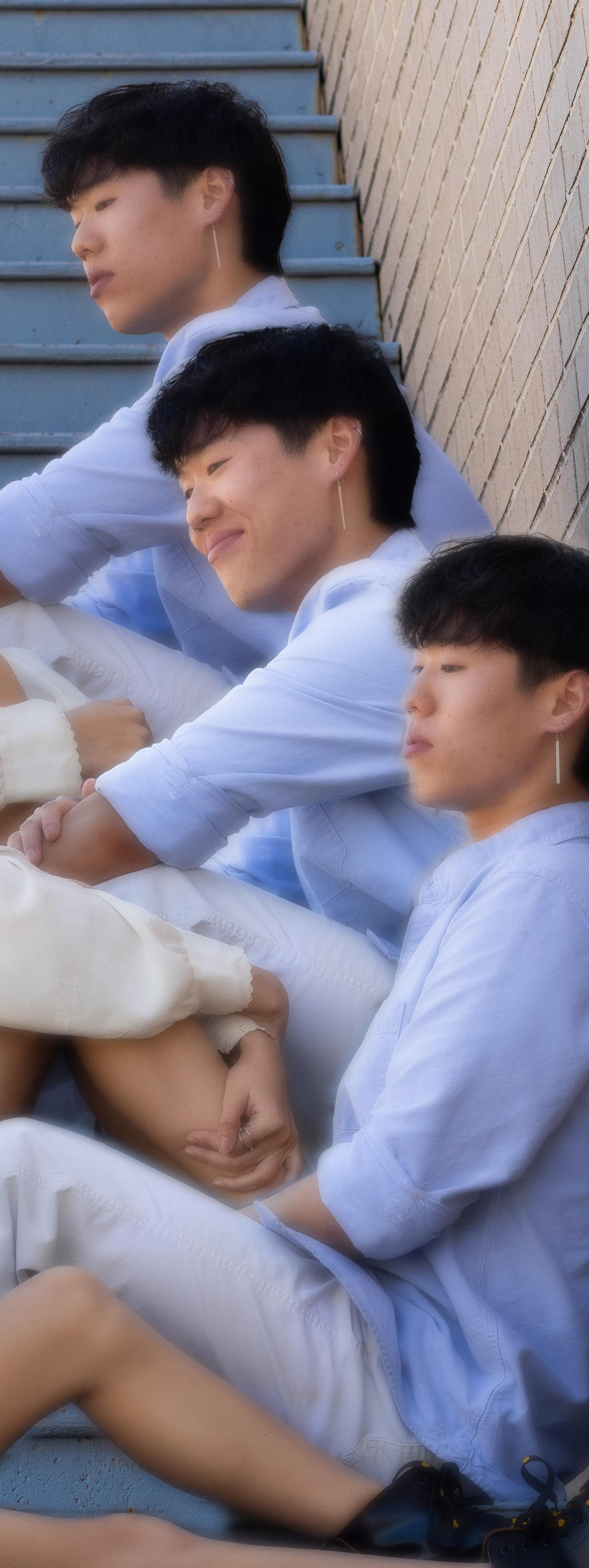
Perhaps the hardest part of standard setting is communication. Establishing boundaries, discussing admirable qualities, and being proactive about possible bumps in the road is difficult to do, but makes a world of difference. Communication alleviates resentment. Maybe, the idea of your boyfriend having girls that are friends sounds unbearable. However, your significant other is allowed to have friends of the gender they are attracted to — this is normal and healthy! Setting and openly communicating boundaries early on is imperative in making this situation work for both you and your better half.
The Bottom Line
Looking inwards allows us to see what we truly want in a partner. Through self reflection, mental adjustments, and the pursuit of healthy relationship standards, you are sure to have your dream-ish romance!
WRITERS: LAUREN LOPEZ AND OLIVE OKORO |
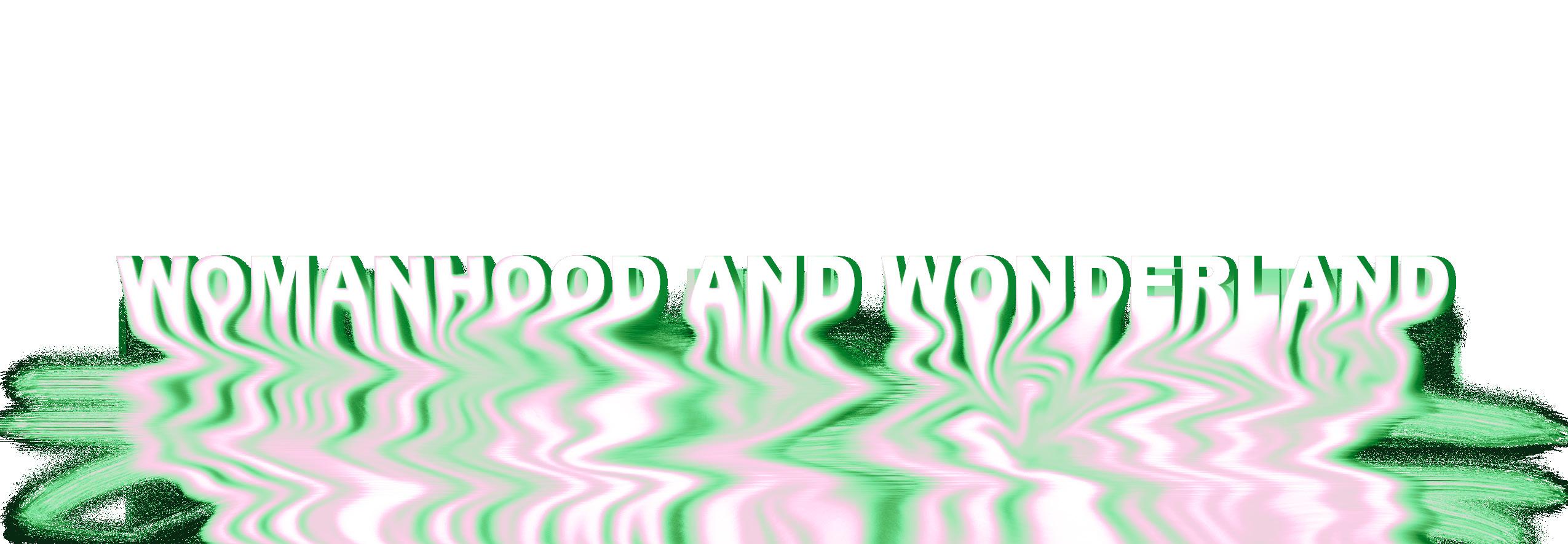
PHOTOGRAPHY: PERI SHAINK
DESIGN: PEYTON BRUFFY | MODEL: LACEY LOOMIS
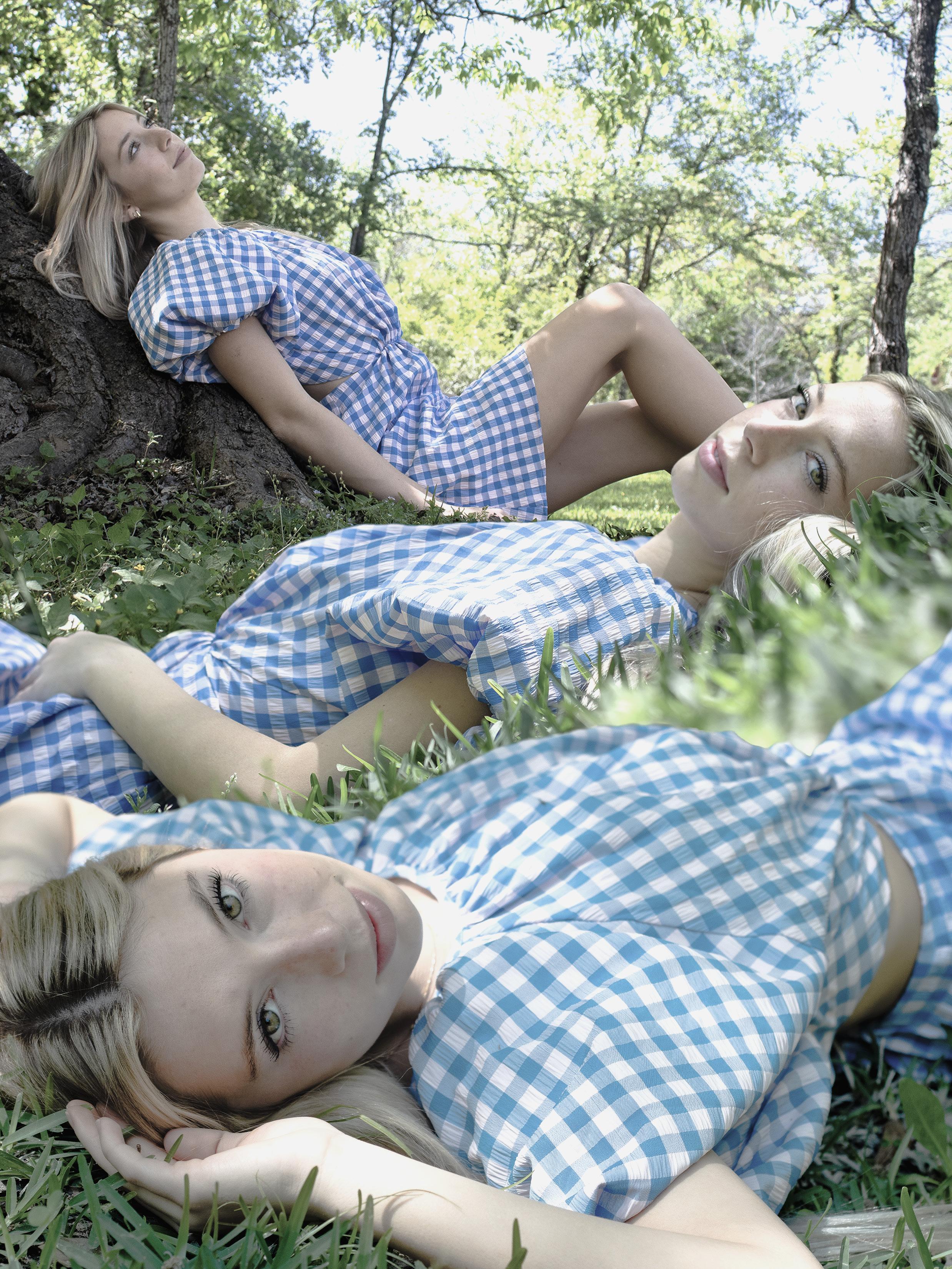
The1951 animation “Alice in Wonderland” is a surrealist, fantastical story that is the perfect portrayal of the creative mind of an artist. From quirky characters to dreamlike landscapes, every aspect of this tale is rich with inspiration. The 1865 tale written by Lewis Carroll was published during the reign of Queen Victoria which is widely recognized as the infamous Victorian Era characterized by zealous acts of harsh punishments, forced labor, and the rapid spread of inhumane colonization. Alice in Wonderland is synonymous with the mystical idea of dreams and surrealism. These spectrums create an extended metaphor for the trials and tribulations of womanhood. The film is an amazing depiction of a lost little girl learning about the world around her; she faces the absurd obstacles of her bombarding reality. Alice’s first encounter in Wonderland through her interaction with the talking doorknob is a dramatic and emotional rollercoaster encompassing the confusion of womanhood. This is the first time the concept of big and small Alice comes into play; she tries to cross through a minuscule door and the doorknob continues to command her to use random objects. The Doorknob tells her she is too small at first and asks her why she hasn’t taken the potion, but Alice had yet to be given the tools (the potion and the key). As soon as Alice takes the potion and is too big to fit, she is ridiculed and questioned by the Doorknob for not knowing better, which is symbolic of Alice’s place in the world as a woman. This illustrates the feminine figure and how women are never enough physically and metaphorically because the standards and expectations are always being changed. If a woman is too meek and small, then they are undesirable, but if a woman is too loud and assertive, then they are also undesirable because they cannot be controlled. This concept of Alice physically not fitting into the setting reoccurs in the scene where she is in the White Rabbit’s house. The group of men calling Alice a monster are personifications of how men as a collective have used their power to manipulate and shame women into complying with the male gaze.
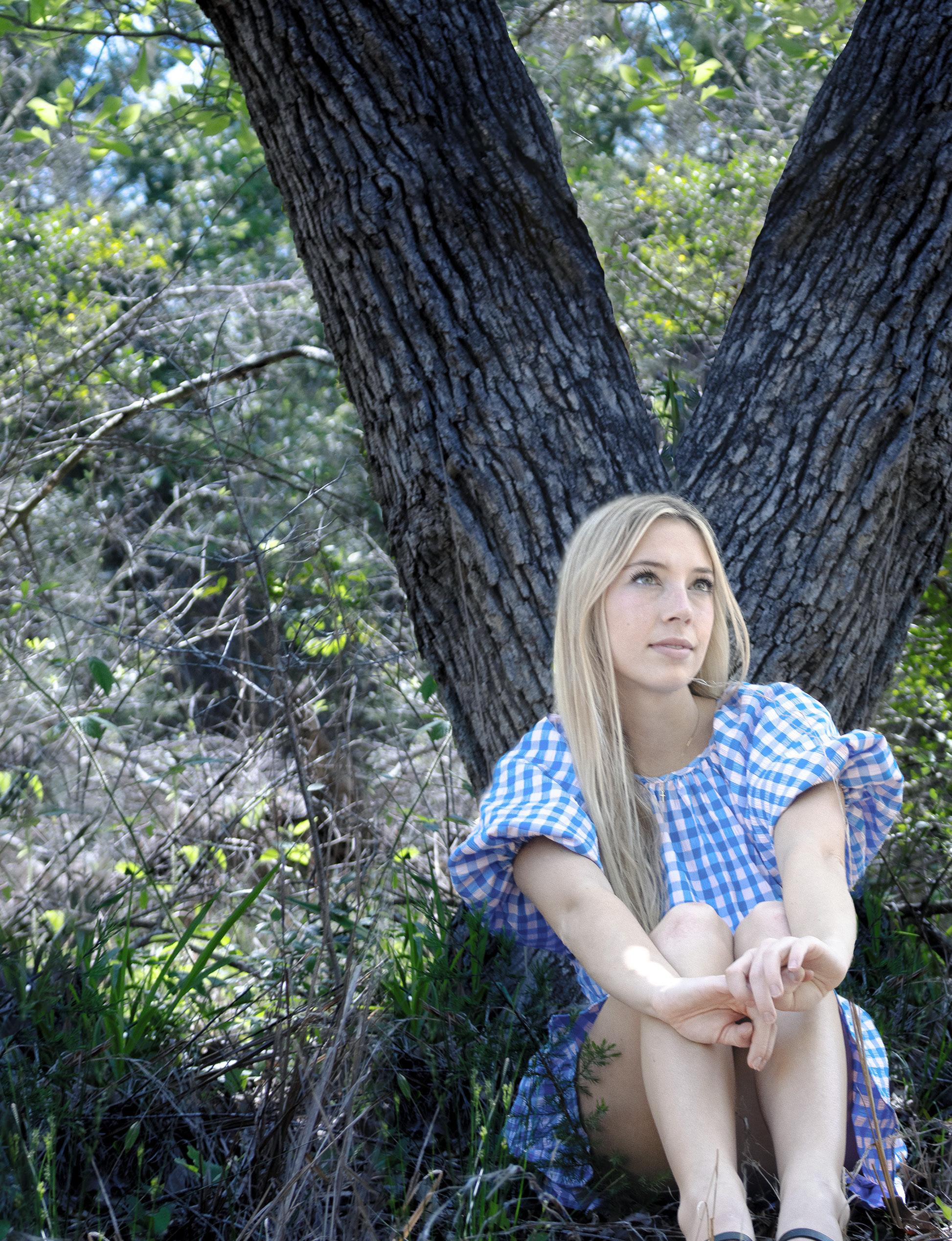
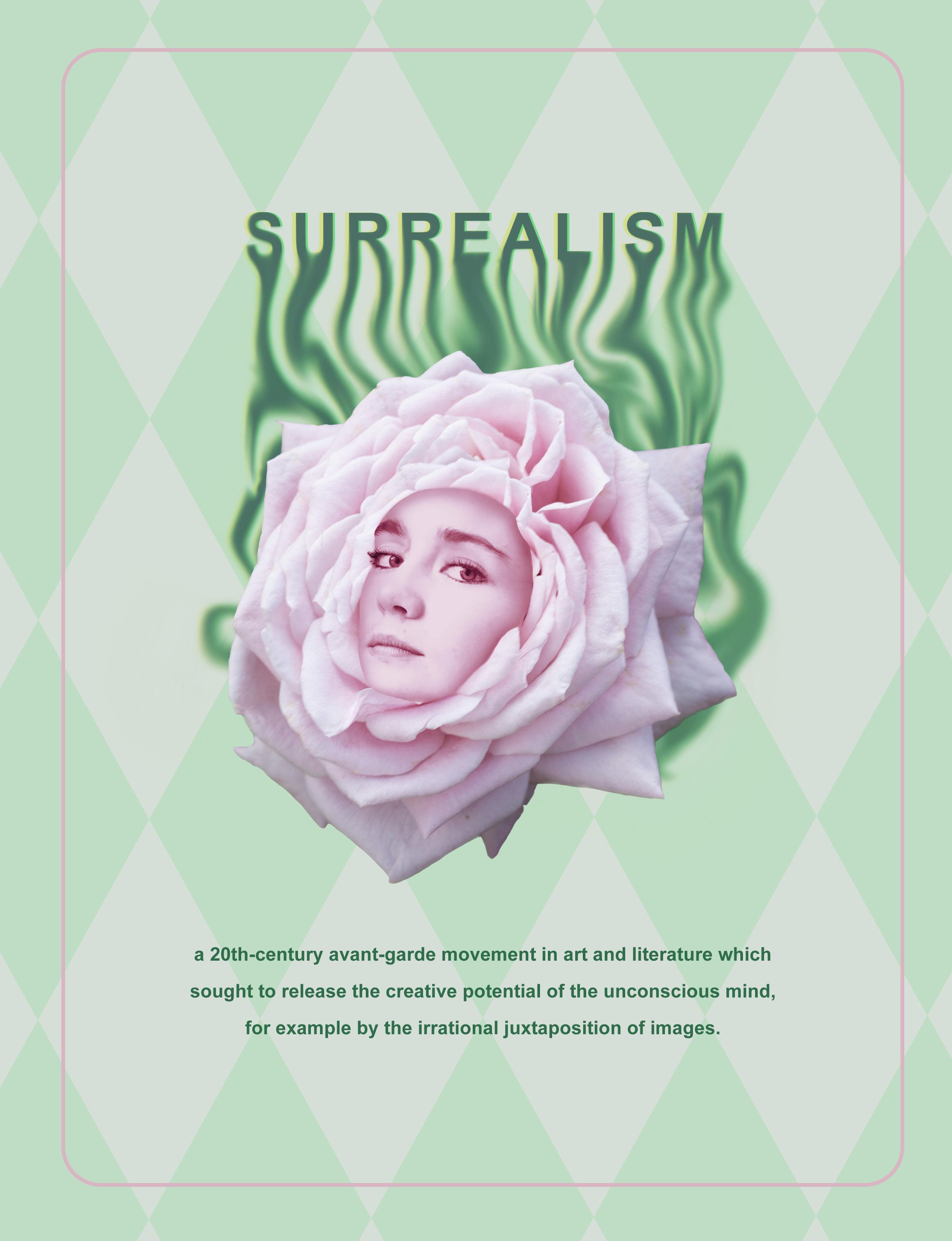
Alice encounters the Mad Hatter and the March Hare which proves to be disastrous, as she is constantly interrupted and ignored. These two characters echo how men and society interacted with women during Victorian times. There is a surrounding plethora of tea and seats, but is Alice there for a real purpose other than sitting there and being pretty? The film is meant to make the viewer feel as if there is no real commentary to be presented, but that can not be further from the truth. The use of the word mad as a repetitive adjective to describe multiple characters in the film indicates the ones that are called ‘mad’ are the ones showing Alice characteristics of the real world. In a twisted way, they are only being honest about how people actually treat women. It is a paradox if nothing else, especially to female viewers who are seeing this young girl being treated as less than by the male characters. The female experience is put into the view of a little girl ridiculed by a world that was supposed to be hers. This is in stark contrast to how the film and the male characters treat the Queen of Hearts. The Queen is meant to describe how society demonizes women with power and control into aggressive and emotional leaders.
The Caucus Race scene occurs twice in the movie, once in the beginning and once at the end of the dream, which is incredibly symbolic. The whole concept is that the majority of the characters in the scene run around in circles to get dry but never can because the ocean is constantly dousing them. The Dodo bird stands above the rest on a rock with fire for warmth while encouraging those below to keep running. Alice is a part of the runners both times, which speaks to the circles that women run through to have a better life or fight for their freedom. However, women are no better off because of their restriction from those in power. This surrealist scene is pretty literal in the message that the race to get dry or have a better life is unrealistic to reach as a woman because they are not allowed by society or the Dodo, and thus the Caucus Race never ends.
Ultimately, Alice is taken against her will through this dream that seems to be full of wonder. It is soon clear that Wonderland is actually a nightmare. This movie’s exploration of womanhood is paramount when looking at the impact that dreams and the unconscious have on real life.

Relationships are some of the most coveted, desired, and sought-after entities of yesterday, today, and the tomorrows after. The formula in a relationship is simple; we give as well as receive. But, how can the “love of your life” meet you halfway in a relationship if they have absolutely no clue of your existence? They cannot, and this valued relationship of yours is in fact parasocial and born of fantasies. Parasocial relationships can be defined as a sense of connection we have with a media personality that creates the feeling of a real world relationship. In a world of imperfect humans, we are understandably drawn to personalities that are polished upon a screen, eloquently written in the pages of a novel, or on a lit up stage. There are only delusions to be found in these unrequited relationships, so why is the obsession of forming parasocial relationships so painfully relatable?
Examining The Parasocial Relationshps Around Us
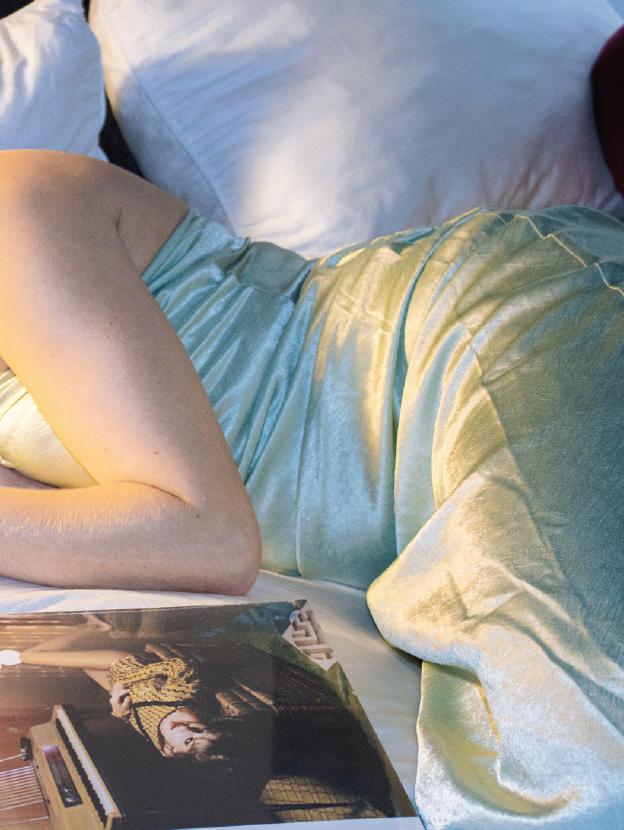
Writer: Logan Hansen
Photographer: Peri Shaink
Designer: Maddie Case
Model: Kate Puckett
Part Of The Band
There is an admiration that develops for the characters that we observe growing up with our eyes directed toward a screen, and we enter a fantasy. These carefully crafted storytellings offer relatability, entertainment, and humanization of these personas that can spark an addiction to view more content. Security can be found in having Dwight Schrute available to connect with 24/7 through Hulu. Social anxiety can be soothed when Matt Rife’s comedic punchlines are found at the expense of a present audience member, allowing us to digitally observe the criminally attractive comedian without risking rejection. Justification is offered when Hazel Grace’s monologue from “The Fault in Our Stars” reflects similar frustrations in our own lives. These personalities, whether they are character portrayals or real life celebrities, can lure us in with a false sense of a personal kinship. Brutally speaking, if you were to go back to your Skechers-wearing self and snap out of the idea that you are Justin Beiber’s one less lonely girl, it would save all the time spent on daydreaming of the day he chooses you out of the crowd at his concert.
From entertainment-social to intense-personal to borderline pathological, the level of a parasocial relationship varies, yet the risk of higher intensity is determined by an individual’s identifiable attachment style. Between secure, anxious, avoidant, and fearful, an anxious attachment style has a great probability of encouraging a parasocial relationship. In response to low self-esteem and a fear of rejection, people with an anxious attachment style turn toward fiction, as it is a safe haven from the idea of social acceptance. These fictional connections bring a comfortability and escape that is utterly convincing. We are innocently ignorant of the truth behind our presence to our parasocial counterparts; we are the fourth wall. As audience members, we are viewing the show behind a two-way mirror. We observe every action of our favorite actors, musicians, influencers, and fictional characters…but they are incapable of viewing our lives to the same extent, if at all. These imperfect humans placed on pedestals are glamorized in how we perceive them, and when they become wrapped up in a controversy that contradicts our polished perception of them, it is a shock to our systems. Logically, we are aware of the extent that our parasocial relationships reach yet we still feel alief. This term is defined as an automatic, gut-level, belief-like attitude that may contradict an explicitly held belief. It is this cognitive response at fault for the illusionary heartbreak that runs through us when we lose a character persona that we became attached to.











